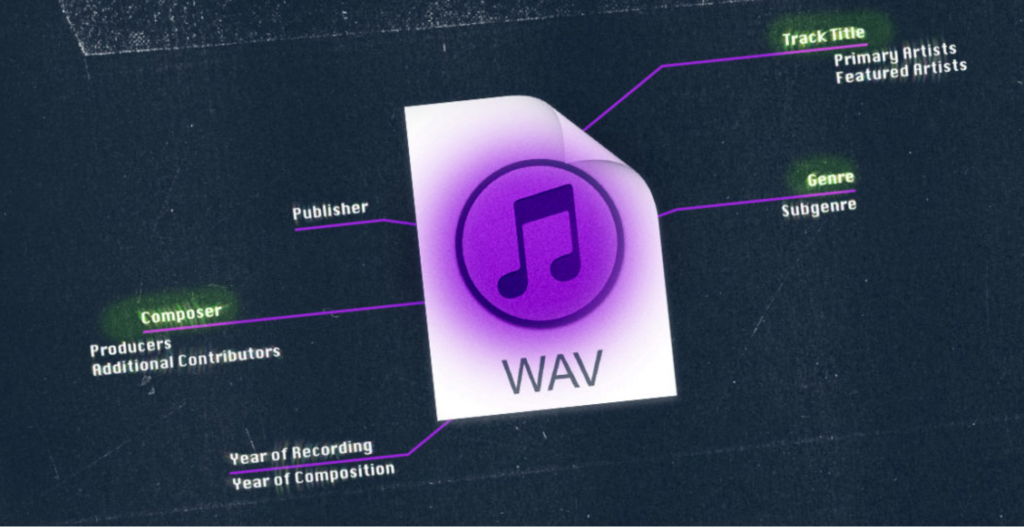February 4, 2021

The future of music distribution comes down to two words: Metadata matters.
Metadata ensures your songs are ready for distribution and release. If your metadata isn’t in order, your music simply isn’t ready to share…
The information you enter as metadata allows your music to be properly stored, sorted and identified everywhere your music is available. That means platforms like Spotify, Apple Music, YouTube and even Shazam.
It makes your music discoverable.
Your music royalties are also dependent on your metadata. Without correct data attached to your music, you run the risk of not receiving the proper credit for you streams.
And that could mean losing your paycheque. Being professional with your music means being professional with your metadata. You can’t have one without the other.
The solution? Get it right before you release so your music can be properly identified no matter where it’s played.
In this article you’ll learn what metadata is, how to make your music discoverable and how to ensure you’re getting recognized for your work.
What is music metadata?
Music metadata is the information included in audio files used to identify, label and present audio content.
Metadata is used by every major device and music streaming application including smartphones, Spotify, Apple Music, YouTube and all other major online music services.
Metadata includes information like artist, genre, label, song titles, album name and track numbers.
Metadata began as basic info encoded directly into the files on a CD. Today it refers to any information that needs to accompany a music file on streaming services or digital stores.
Streaming platforms rely on metadata. It’s more important than ever. Without metadata your tracks would have no context—just anonymous files in the sea of data online.
Think about it this way: the more detailed your metadata is, the easier it is to deliver your music to the right listeners.
Skimming over your metadata is like sending your music to the airport with no passport, no boarding pass, no money and no neck pillow. It’s not going to reach its destination without a lot of confusion and stress.
That’s why strict conventions for metadata are necessary for major streaming platforms like Spotify and Apple Music.
It’s also why metadata issues can stop your release in its tracks. If the metadata is incomplete or incorrect, it won’t make the cut for digital distribution.
How does metadata work?
Metadata used to be written into a special part of the file that didn’t contain audio. That’s how metadata on CDs and other media was originally stored.
It’s not a bad idea to include metadata directly in your WAVs, but streaming services almost always rely on the metadata submitted by your digital distribution to identify your music.
That’s why you have to be extra careful to get it right.
When it comes to submitting metadata for streaming services, your digital distributor will take care of sending it—if you enter it for them properly.
Metaphysical release
Your track’s metadata is what makes it a quality product on a streaming service.
Getting it right is crucial for getting that product to audiences.
The Matching Engine uses automated parameters to identify and match data. A foundation of Azure and Databricks technology provides the ability to process and transform data from various streaming platforms and in different formats at scale.